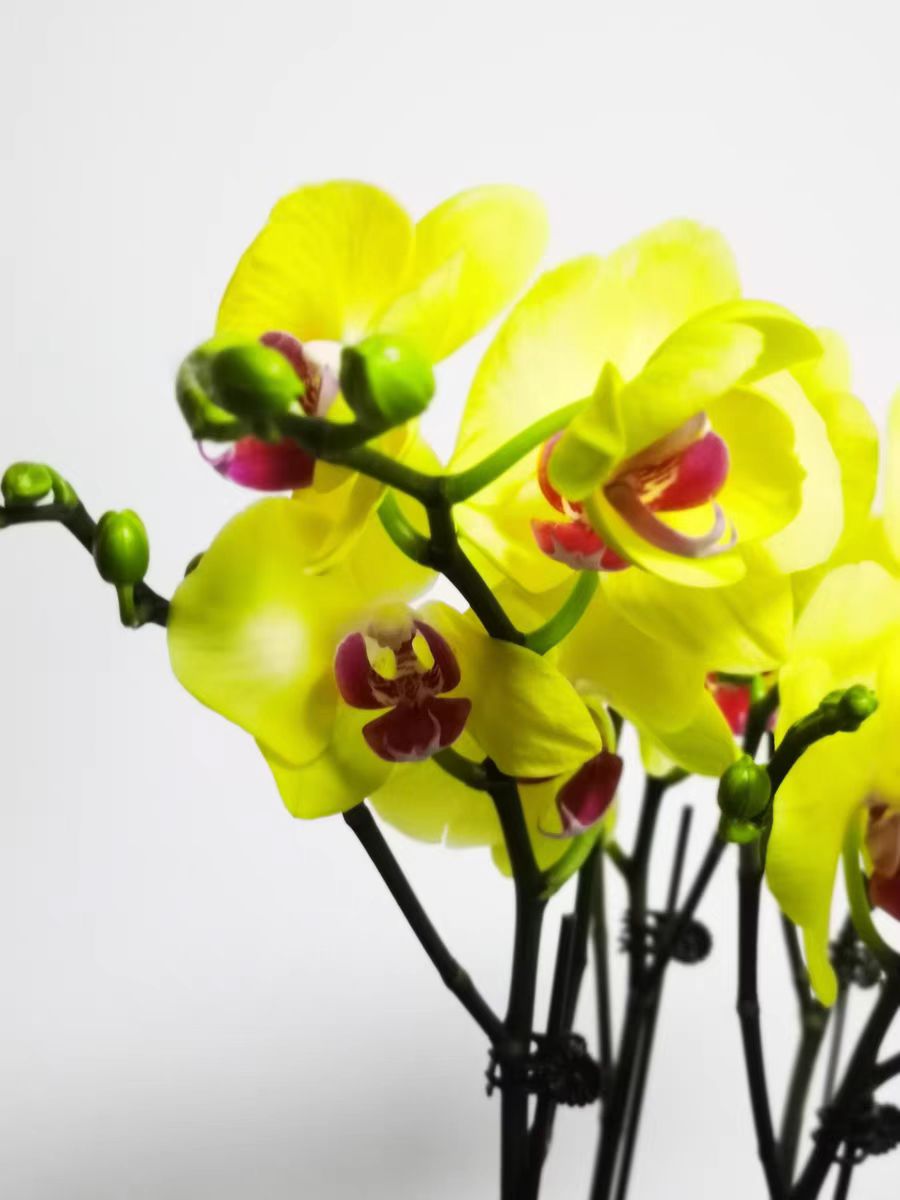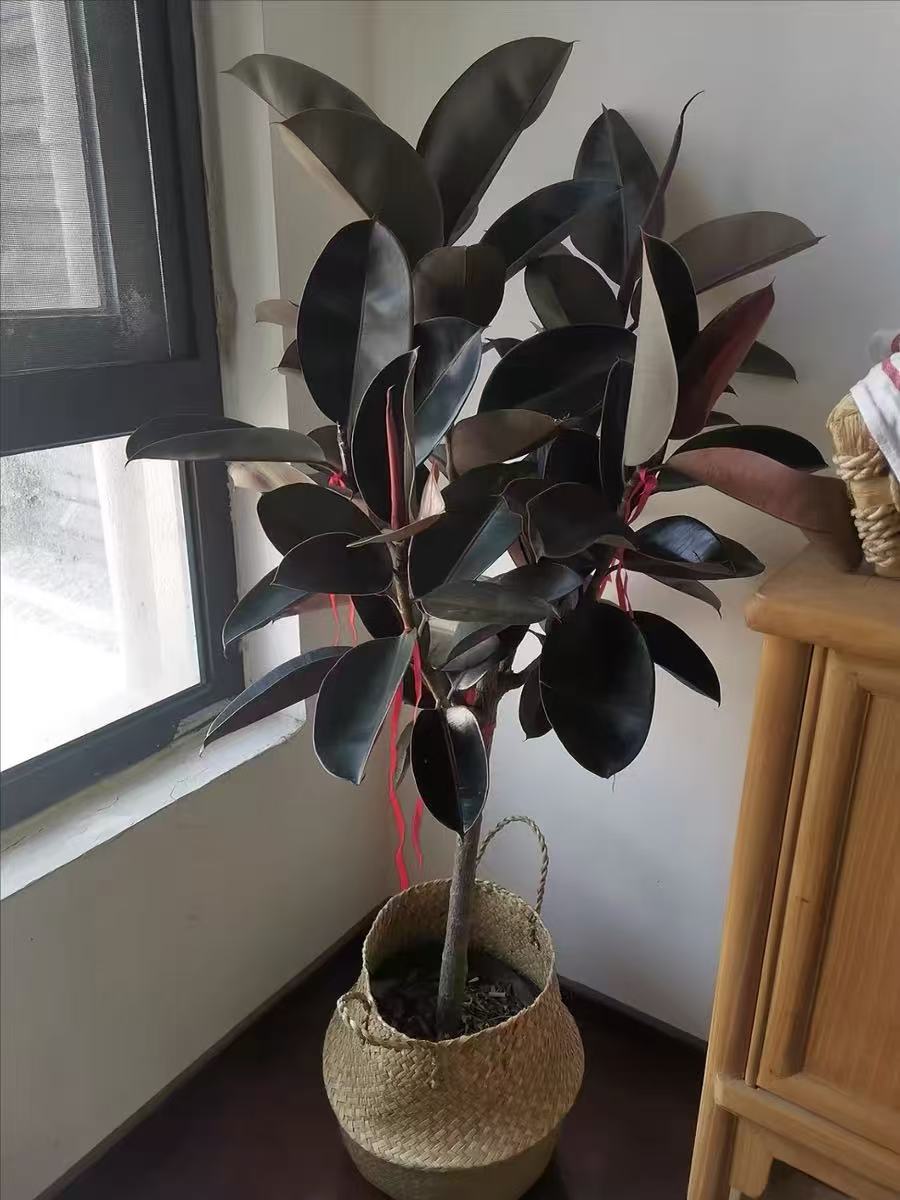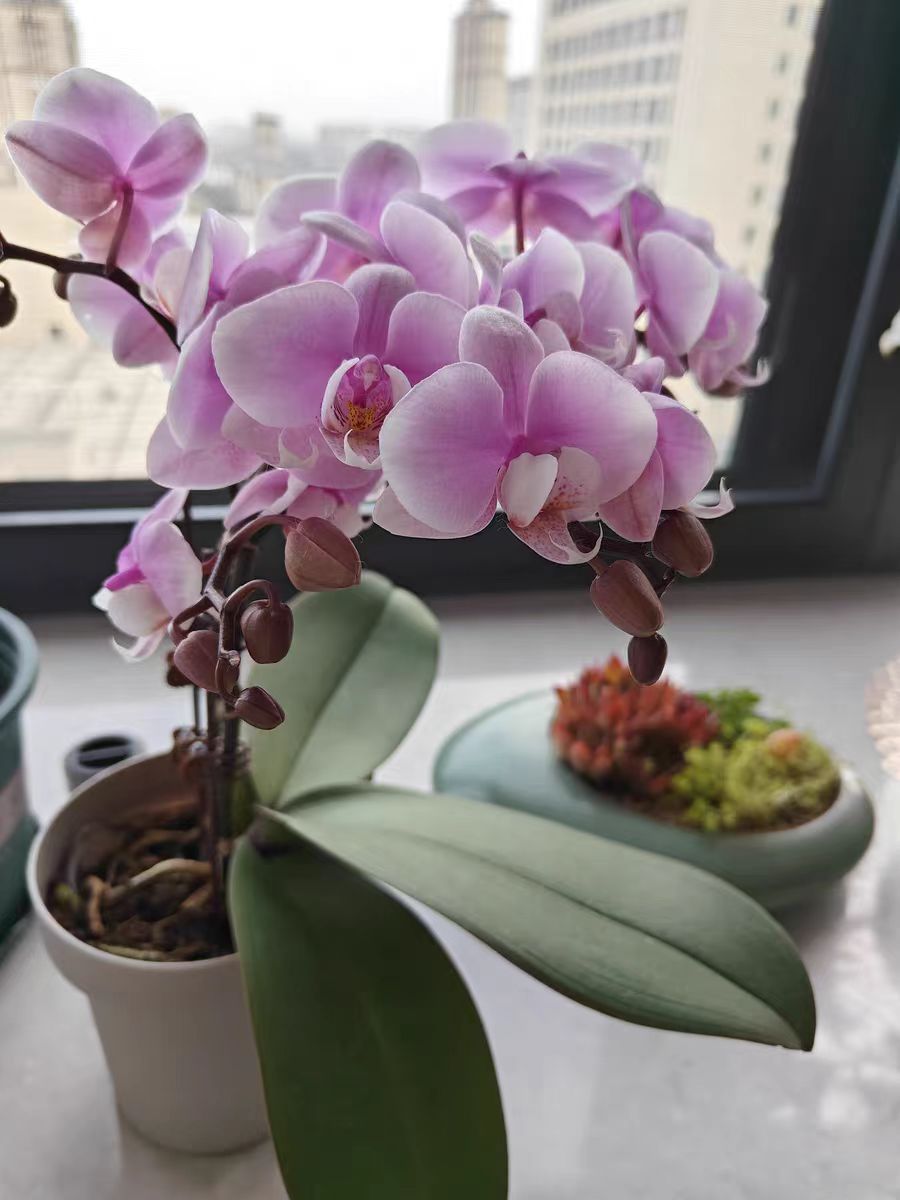Phalaenopsis orchids are beautiful flowers with gorgeous colors and long flowering periods. However, if the ventilation is poor or the watering is improper, their roots are prone to rotting. So, can a Phalaenopsis orchid still be saved when all of its roots are rotten? The answer is yes. As long as the correct treatment measures are taken, the Phalaenopsis orchid still has a chance to come back to life.
Judgment and treatment of root rot in Phalaenopsis orchids:
Pot removal and inspection: Gently remove the Phalaenopsis orchid from the flowerpot and place it on a gardening mat. Carefully separate the soil from the roots and check the root condition carefully. The soft roots with water seepage are the rotten ones and need to be pruned.
Pruning of rotten roots: Use a clean and disinfected gardening scissors to completely prune off the rotten roots. Pay attention to keeping the healthy roots, which will be the basis for the Phalaenopsis orchid to regrow.
Disinfection and drying: After pruning, evenly spray the roots with carbendazim solution or 75% alcohol for comprehensive disinfection. Shake off the excess water and place the Phalaenopsis orchid in a cool and ventilated place to dry, ensuring that the roots are completely dry.
Rescue measures for root rot in Phalaenopsis orchids:
Replacement of planting materials: Since root rot may lead to an excessive number of harmful bacteria in the original planting materials, it is necessary to completely replace them with new ones. Select loose and breathable planting materials, such as peat mixed with perlite or peat mixed with pine needles, to ensure strong air permeability and avoid water accumulation.
Repotting: Lay a layer of planting materials at the bottom of the flowerpot, put the roots of the Phalaenopsis orchid into the pot, fill it with planting materials and press it slightly. Be careful not to press it too tightly to avoid affecting air permeability. If the Phalaenopsis orchid has no healthy roots, bury its rhizome in moist sphagnum moss and wait for new roots to grow.
Seedling recovery and maintenance: After repotting, place the Phalaenopsis orchid in a well-lit and well-ventilated place for seedling recovery. Do not water it for the time being. Water it appropriately after the planting materials are dry, following the principle of "watering thoroughly when the soil is dry, and not watering when it is not". Do not fertilize during the seedling recovery period, and gradually resume fertilization when the Phalaenopsis orchid starts to grow again.
Preventive measures for root rot in Phalaenopsis orchids:
Reasonable watering: Watering is a key step in cultivating Phalaenopsis orchids. It is necessary to adjust the watering frequency and amount according to the plant's condition and seasonal changes.
Good ventilation: Keep the cultivation environment well-ventilated and avoid excessive humidity, which may cause root rot.
Regular inspection: Regularly check the root condition of Phalaenopsis orchids and promptly detect and deal with root rot.
Even if all the roots of a Phalaenopsis orchid are rotten, it still has a chance to come back to life as long as the correct treatment measures and rescue methods are taken. Therefore, when cultivating Phalaenopsis orchids, flower lovers should pay attention to daily maintenance and preventive measures to ensure the healthy growth of the plants.
Can Phalaenopsis orchids still survive when their roots are completely rotten?

Share with
Tagged in :




Leave a Reply